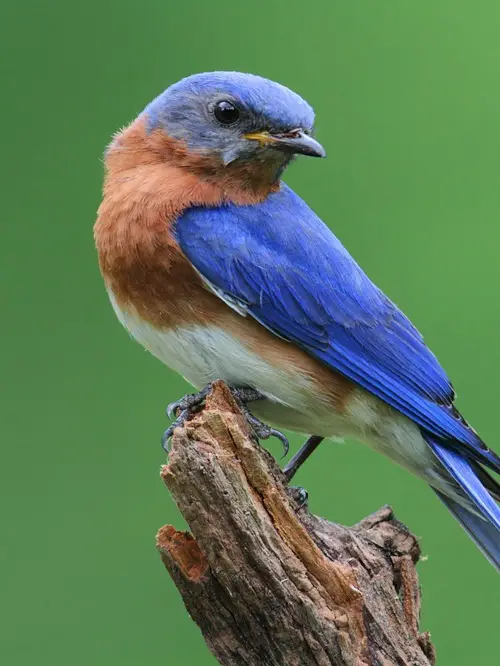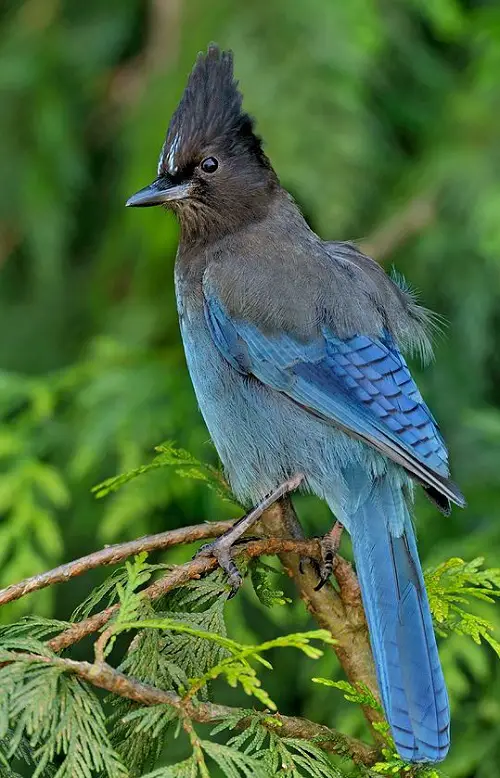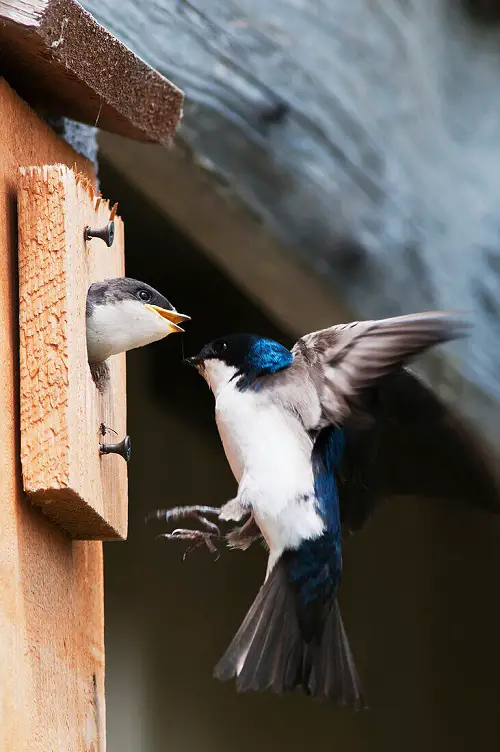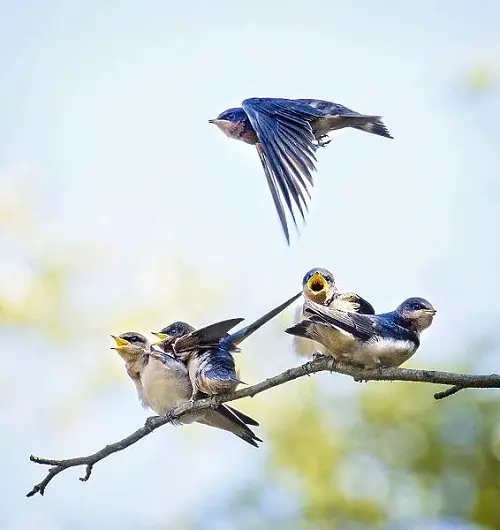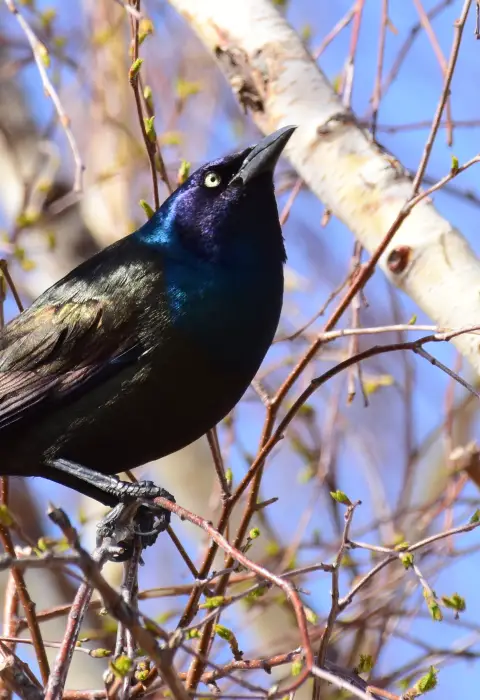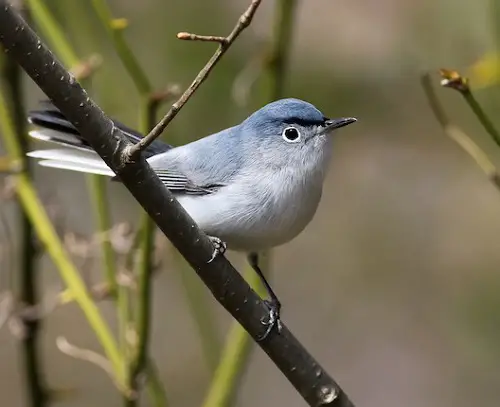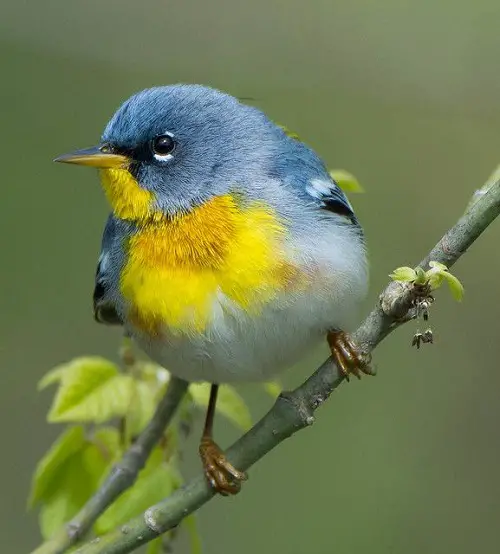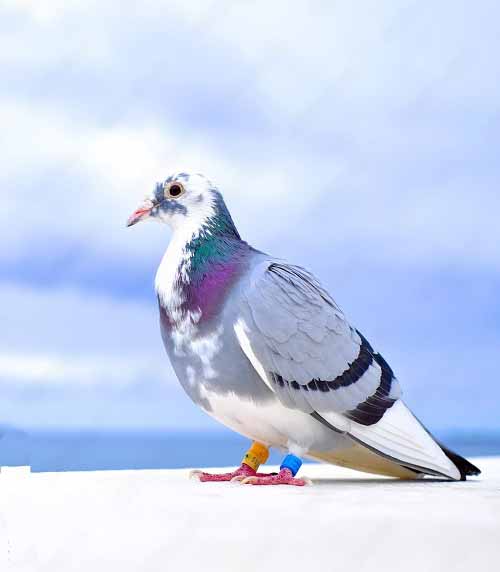Blue Birds in Michigan are not a rare sight, and knowing their names will help you spot them easily! Keep reading to know more!
As these beautiful creatures flutter through the Great Lake State’s varied habitats, they bring a splash of color and melody to the gardens. Let’s discover Blue Birds in Michigan!
What Does It Mean When a Bird Poops on You?
Blue Bird Meaning and Symbolism
Bluebirds, known for their vibrant blue plumage and melodious songs, symbolize joy and happiness in various cultures.
1. Joy and Happiness
Bluebirds are traditionally seen as messengers of joy and contentment. Their presence in a garden might be interpreted as a sign of happiness and a cheerful spirit.
2. Renewal and Fresh Beginnings
They often symbolize the arrival of spring, representing renewal, new beginnings, and the awakening of life after a long winter.
3. Hope and Optimism
The bright color of the bluebird is frequently associated with optimism and maintaining a positive outlook on life.
4. Good Health
In some cultures, bluebirds are seen as bearers of good health and well-being.
5. Spiritual Significance
For some, the bluebird is a spiritual symbol, often considered a sign of the presence of angels or an indication of spiritual guidance.
6. Prosperity and Good Luck
Spotting a bluebird is sometimes taken as a sign of upcoming prosperity or good luck.
7. Love and Fidelity
Bluebirds are known for their loyal and monogamous relationships, making them symbols of love and fidelity.
8. Transformation and Growth
They can represent personal transformation and growth as they encourage embracing change with a happy heart.
9. Connection with Nature
Their presence can also signify a deep connection with nature and the importance of environmental conservation.
10. Peace and Tranquility
Bluebirds’ serene and peaceful behavior is often seen as an embodiment of tranquility.
Blue Birds in Michigan
Do note that some birds on the list may not be completely blue and may have the specs, blotches, spots, or dots of blue on their body.
1. Eastern Bluebird
Scientific Name: Sialia sialis
This one has vivid blue feathers and a rusty-orange chest. Native to the eastern part of North America, they primarily eat insects, berries, and fruits.
2. Mountain Bluebird
Scientific Name: Sialia currucoides
Mountain Bluebirds display vivid sky-blue plumage with white underparts. They prefer high-altitude open areas like mountain meadows.
What Does it Mean When You Find a Feather?
3. Western Bluebird

Scientific Name: Sialia mexicana
Western Bluebirds in Michigan are captivating with their bright blue plumage and hints of orange on their chests.
4. Indigo Bunting
Scientific Name: Passerina cyanea
Male Indigo Buntings have a stunning deep-blue plumage. Their diet mainly consists of insects and occasional seeds.
5. Blue Jay
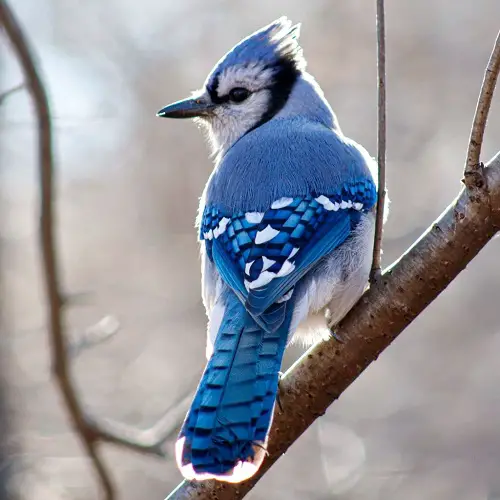
Scientific Name: Cyanocitta cristata
The Blue Jay, native to eastern North America, including Michigan, boasts brilliant blue and white plumage and a distinctive crest. They thrive in forests and urban areas.
32 Beautiful Birds With Long Necks
6. Steller’s Jay
Scientific Name: Cyanocitta stelleri
Steller’s Jays are bold and charismatic, adorned with dark blue plumage and blackheads. They have a penchant for a diet rich in insects, seeds, and berries.
7. Tree Swallow
Scientific Name: Tachycineta bicolor
Tree Swallows are known for their iridescent blue-green upperparts. Their diet consists mainly of flying insects, and nest in tree cavities or nest boxes.
8. Barn Swallow
Scientific Name: Hirundo rustica
Barn Swallows have a striking appearance with deep blue plumage on their backs and a rusty-orange throat and forehead.
Check out birds with white stripes on their wings here
9. Common Grackle
Scientific Name: Quiscalus quiscula
Common Grackles have glossy blue-black plumage with a distinctive keel-shaped tail. They can be seen in various habitats, including wetlands and urban areas.
10. Blue Grosbeak
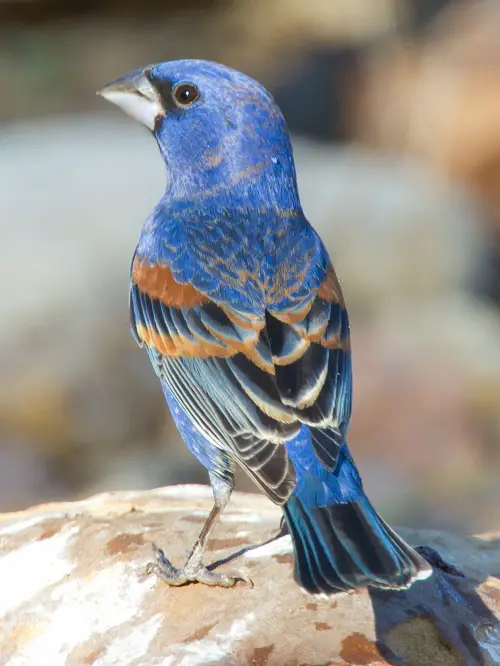
Scientific Name: Passerina caerulea
Male Blue Grosbeaks exhibit brilliant blue plumage with rusty-brown markings. They are native to North America’s southern and eastern parts, including Michigan.
11. Lazuli Bunting
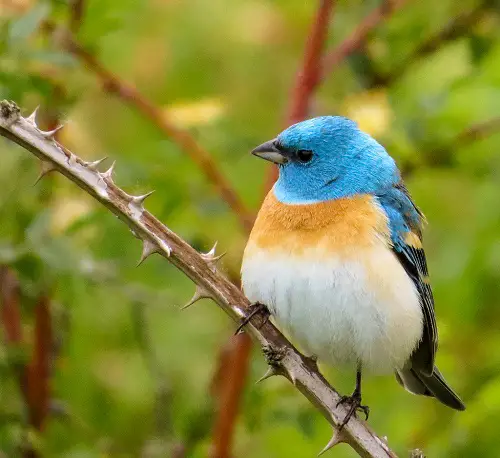
Scientific Name: Passerina amoena
Lazuli Buntings are small birds with striking blue plumage and rusty-orange markings. Their diet includes seeds, insects, and berries.
Beautiful Red Birds of Texas
12. Common Kingfisher
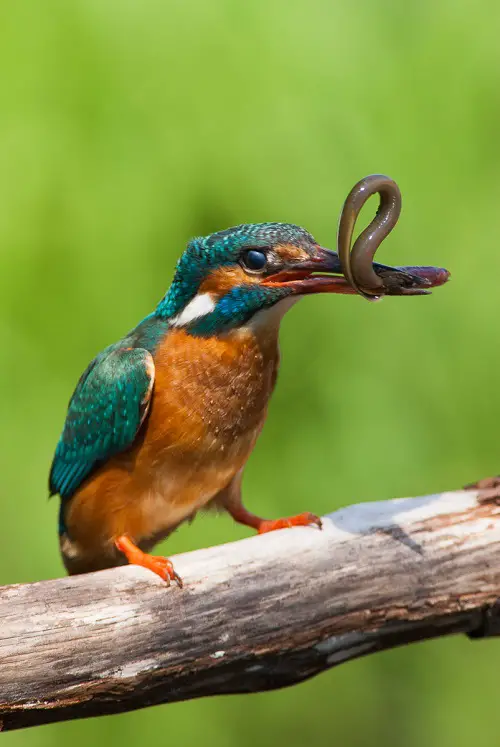
Scientific Name: Alcedo atthis
The Common Kingfisher has a distinctive blue and orange plumage and is native to Europe, Asia, and North Africa. They inhabit areas with freshwater bodies like rivers and lakes.
13. Blue Gray Gnatcatcher
Scientific Name: Polioptila caerulea
The Blue-gray Gnatcatcher is a small, lively bird native to Michigan. It’s blue-gray, about 4.5 inches long, and agile in catching insects.
14. Cerulean Warbler
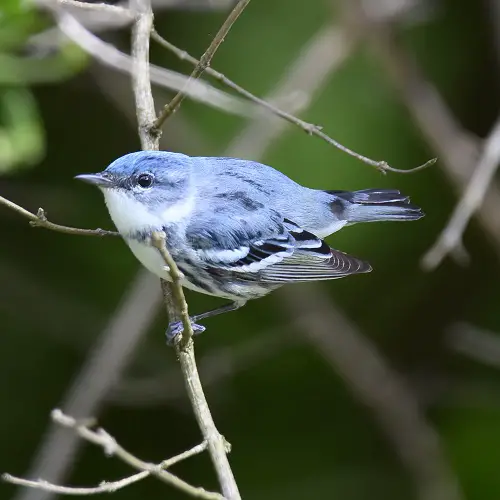
Scientific Name: Setophaga cerulea
The Cerulean Warbler, known for its striking blue and white plumage, migrates through Michigan. These birds prefer deciduous forests and have a diet of insects.
Shore Birds with Curved Beaks
15. Northern Parula
Scientific Name: Setophaga americana
The Northern Parula, a small and vibrant Michigan native, stands out with its blue-gray upperparts with striking yellow throat and chest.
16. Black-throated Blue Warbler
Scientific Name: Setophaga caerulescens
The males have deep blue upperparts and striking black throats. They reside in forests and feed on insects, making them a favorite among Michigan bird enthusiasts.
17. Belted Kingfisher
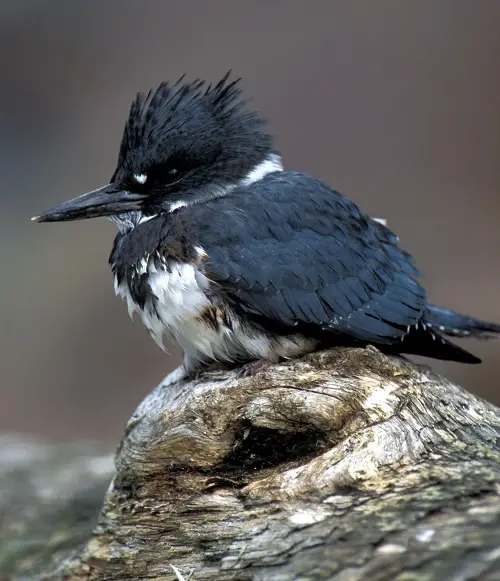
Scientific Name: Megaceryle alcyon
The Belted Kingfisher has blue-gray plumage and a shaggy crest. They’re common around water bodies, where they dive to catch fish.
Ugliest Birds in the World
18. Rock Pigeon
Scientific Name: Columba livia
The Rock Pigeon is a familiar bird in Michigan, recognized by its grayish-blue plumage. They’re commonly found in urban areas and have a diet of seeds and scraps.


